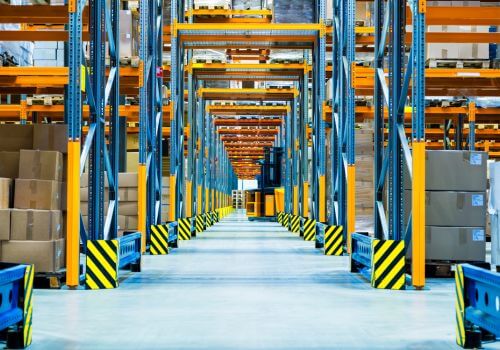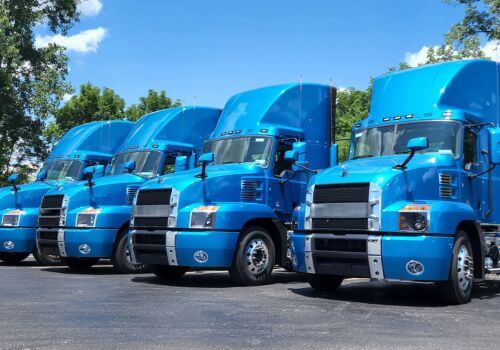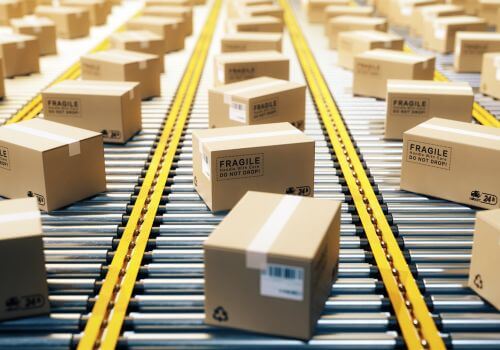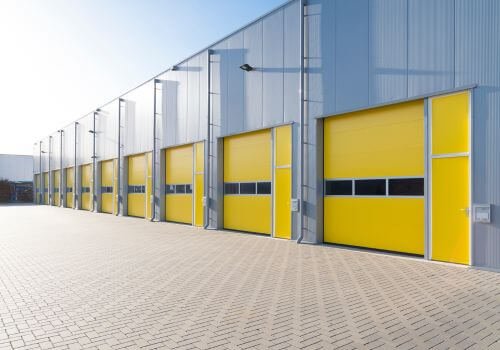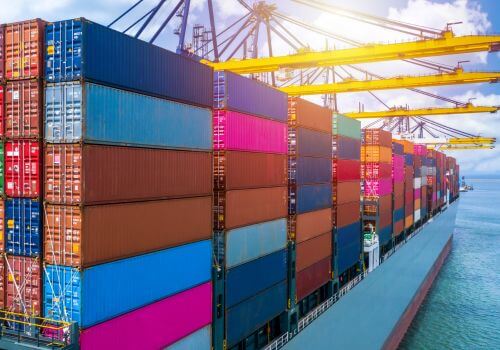What is landed cost in logistics?
Landed cost, also known as total landed cost, is the complete expense of getting a product from its point of origin to its final destination. This includes not just the purchase price of the item, but all the additional costs incurred along the way. Think of it as the “true cost” of bringing a product to your doorstep or warehouse.
Why is landed cost important?
Understanding landed cost is critical for several reasons:
- Accurate pricing: It helps you set appropriate prices for your products, ensuring you maintain profitability.
- Informed decision making: It allows you to make better sourcing decisions by comparing the true costs of different suppliers or manufacturing locations.
- Profit margin management: By knowing your total costs, you can better manage and protect your profit margins.
- Competitive advantage: A clear understanding of your costs can help you price more competitively in the market.
- Financial planning: It provides a more accurate picture of your overall expenses, aiding in budgeting and financial forecasting.
What are the key components of landed cost?
To fully grasp landed cost, it’s essential to understand its various components. Let’s break them down:
1. Product cost
This is the base price you pay to your supplier or manufacturer for the product itself. It includes the cost of raw materials, labor, and any profit margin for the supplier.
2. Transportation costs
These are all the expenses related to moving your product from the supplier to your desired location. This can include:
- Freight charges (air, sea, or land)
- Fuel surcharges
- Handling fees
- Port charges
- Drayage (short-distance transport)
3. Customs duties and taxes
When importing goods, you’ll often need to pay:
- Import duties
- Tariffs
- Value-Added Tax (VAT) or Goods and Services Tax (GST)
- Harbor maintenance fees
- Merchandise processing fees
4. Insurance
To protect your shipment against loss or damage, you’ll likely need to pay for cargo insurance.
5. Currency exchange
If you’re dealing with international suppliers, you may incur costs due to currency exchange rates and related fees.
6. Compliance and quality control
These costs might include:
- Product testing
- Inspections
- Certifications required for import
7. Warehousing and storage
If your goods need to be stored before reaching their final destination, you’ll incur warehousing costs.
8. Packaging and labeling
Sometimes, products need to be repackaged or labeled to meet local requirements or your own specifications.
9. Broker fees
If you use a customs broker to handle import procedures, their fees will be part of your landed cost.
How do you calculate landed cost?
Now that we understand the components, let’s look at how to calculate landed cost. The basic formula is:
Landed cost = Product cost + Transportation + Customs + Insurance + Risk + Overhead
Here’s a step-by-step process:
- Gather all relevant costs: Collect information on all the components mentioned above.
- Convert all costs to the same currency: If dealing with multiple currencies, convert everything to your preferred currency.
- Add up all the costs: Sum up all the expenses related to getting your product to its final destination.
- Divide by the number of units: If you want to know the landed cost per unit, divide the total cost by the number of units in the shipment.
Landed cost example
Let’s walk through a simple example to illustrate the concept:
Imagine you’re importing 1,000 t-shirts from a manufacturer in China to sell in your U.S.-based online store.
- Product cost: $5 per shirt ($5,000 total)
- Ocean freight: $1,000
- Insurance: $200
- Customs duty (10%): $500
- Broker fees: $150
- Inland transportation: $300
- Warehousing: $200
Total landed cost: $7,350
Landed cost per unit: $7.35
In this scenario, while the base cost of each t-shirt is $5, the true cost to get it ready for sale is $7.35. This information is crucial for setting your retail price and understanding your potential profit margin.
In summary, Landed Cost in logistics is the total expense of getting a product from its point of origin to its final destination, including the purchase price, transportation costs, customs duties, taxes, insurance, and other related fees.

